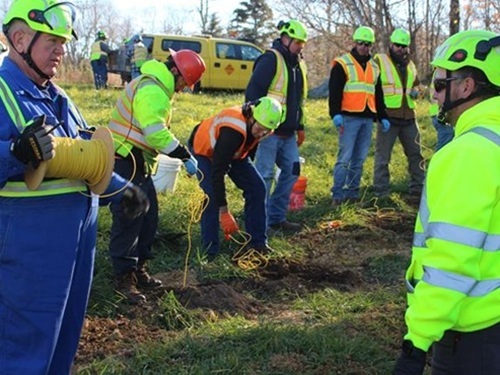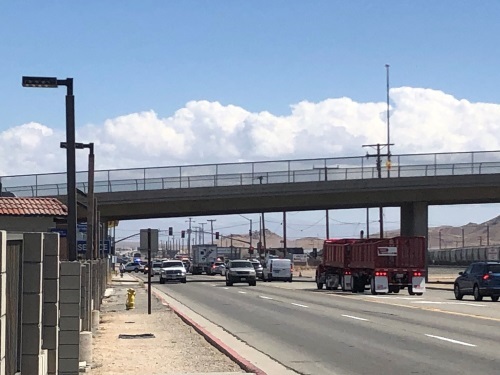The California Department of Transportation has opened the public comment period for the draft of its 2021 Interregional Transportation Strategic Plan or ITSP; a policy framework to guide Caltrans and its partner agencies on developing and prioritizing transportation projects connecting California’s distinct regions.
[Above photo by Caltrans]
Updated every five years, the draft 2021 ITSP focuses on enhancements to key highway and rail corridors throughout the state to expand mobility options, improve safety and accessibility, ensure the efficient movement of goods, reduce greenhouse gas emissions, and fortify transportation infrastructure to be more resilient to the impacts of climate change.

“Californians deserve a world-class transportation system that is safe, sustainable, equitable, and interconnected while fitting the unique needs of all areas in our state,” noted Toks Omishakin, director of Caltrans, in a statement. “We are requesting your input to help make that vision a reality.”
Caltrans plans to hold three “virtual workshops” to obtain the public’s feedback on its 2021 ITSP draft in August and expects to finalize this strategy document – incorporating the public’s input – in early October.
The 2021 ITSP draft is the latest in a string of transportation strategy documents issued by Caltrans over the past year.
In March, Caltrans unveiled its California Transportation Plan or CTP 2050 that seeks to establish a 30-year roadmap for improving mobility and accessibility statewide while significantly reducing greenhouse gas emissions related to transportation.

By 2050, the agency said in a statement that California’s transportation system would need to support an estimated 45 million residents with an integrated, sustainable network of mobility options that provide safe, convenient and reliable access to jobs, education, health care and other services that improve quality of life in all areas of the state.
In July 2020, Caltrans released its California Freight Mobility Plan 2020 alongside the final two of 12 district-based Climate Change Vulnerability Assessment Reports – strategic documents aimed at making the state’s transportation system more efficient and resilient to extreme weather events.
Also in July 2020, Caltrans adopted an updated bicycle and pedestrian action plan to help reduce dependence on driving statewide, promote safety, and reconnect communities divided by freeways and high-speed roads.
According to a Caltrans statement, that updated action plan – developed in consultation with the California Walk/Bike Technical Advisory Committee – seeks to increase bicycling, walking, and transit trips statewide.
 States
States
NCDOT Staff Participate in ‘Explosive’ Technical Training
December 19, 2025 States
States

